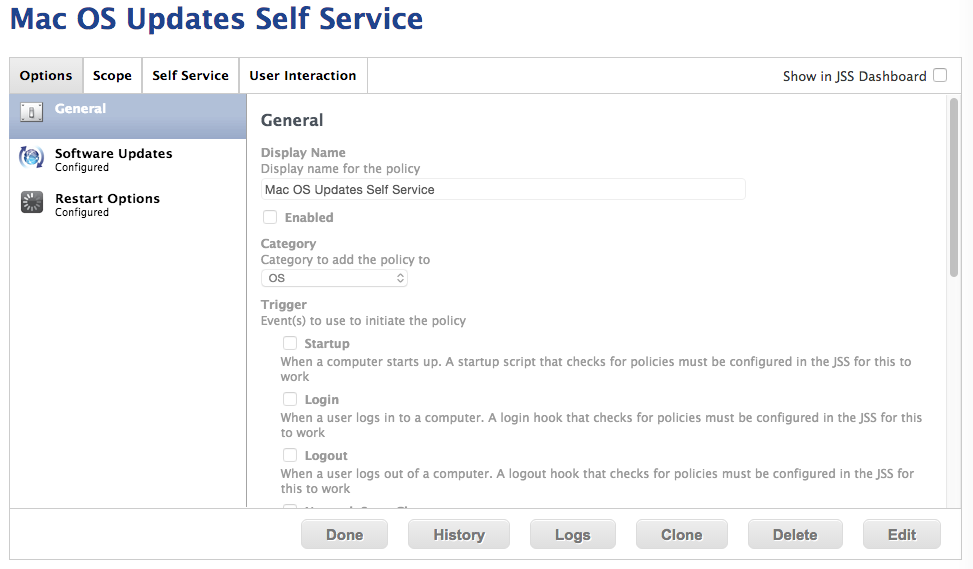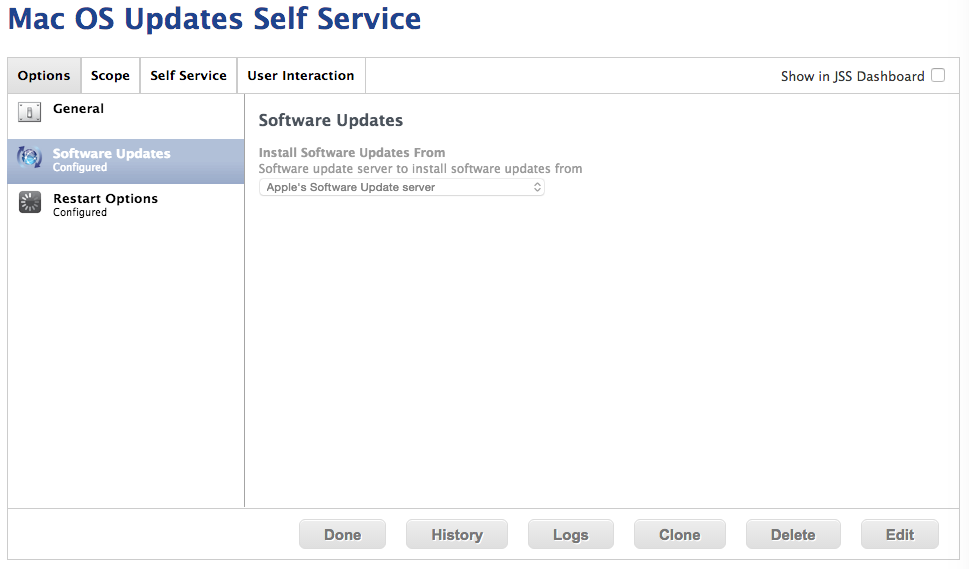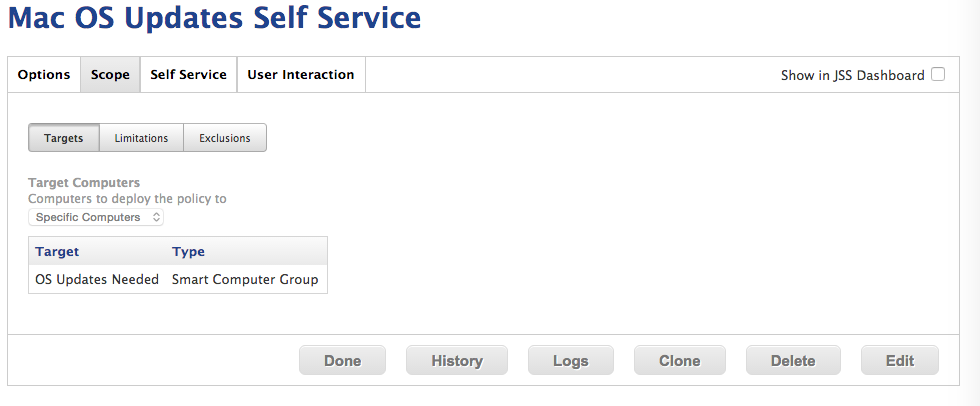I'm in the "pre-sales" phase right now and wondering if Casper will work for my company. One thing I'm getting a snag on is how things will work if we don't want our users to have admin.
The problem is that employees take their laptops home with them, carry them from their desk to the conference room to the coffee shop or clients office, and we can't "force" an update at a specific time: we need to give them the ability to install updates on their own schedule. So I can't just run a remote command to update OS X.
Separately, I'm wondering how you all handle third-party software updates: MS Office, Adobe CC, etcetera. Do you have to package up each update, or can you give a non-admin user the ability to run (for example) Microsoft Updater whenever they feel like it? I'm not particularly interested in "blocking" updates from them until they are vetted (we don't do that at the moment; we just let people install Office updates the day they come out), just giving them the ability to install them without needing me to come over and get them through the "sudo dialog."






